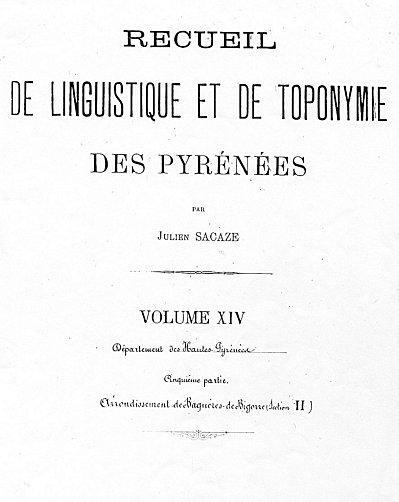


The discussion is concluded by some remarks on the possible topicality of Barthes's and Lotman's approaches for contemporary semiotics and the humanities in general. The article shows how these differences resurface and, partially, fade away in the theories of the text that Barthes and Lotman elaborated in the 1970s. The context of Barthes's second-order semiological systems is instead provided by highly homogeneous ideological frames that appropriate the signs of the first-order system and make them into forms for significations which confirm, reproduce and transmit previously existing information generated by hegemonic social and cultural discourses.

The immersion of secondary modelling systems in culture as a "system of systems" characterized by internal heterogeneity, allows Lotman to evidence their positive creative potential: the result of the tensions arising from cultural systemic plurality and heterogeneity may coincide with the emergence of new, unpredictable meanings in translation. It investigates the shared presuppositions of the two theories and their important divergences from each other, explaining them in terms of the opposite strategic roles that the notions of 'ideology' and 'culture' play in the work of Barthes and Lotman, respectively. The article compares Roland Barthes's and Juri Lotman's notions of 'second-order semiological systems' and 'secondary modelling systems'. In Mythologies, Barthes offers a series of snapshots with titles such as 'Plastic,' 'Striptease,' 'Toys,' 'The World of Wrestling,' and 'Operation Margarine.' His aim is to reveal the ideological abuse hidden in these myths, which are manufactured to read as reality.


 0 kommentar(er)
0 kommentar(er)
